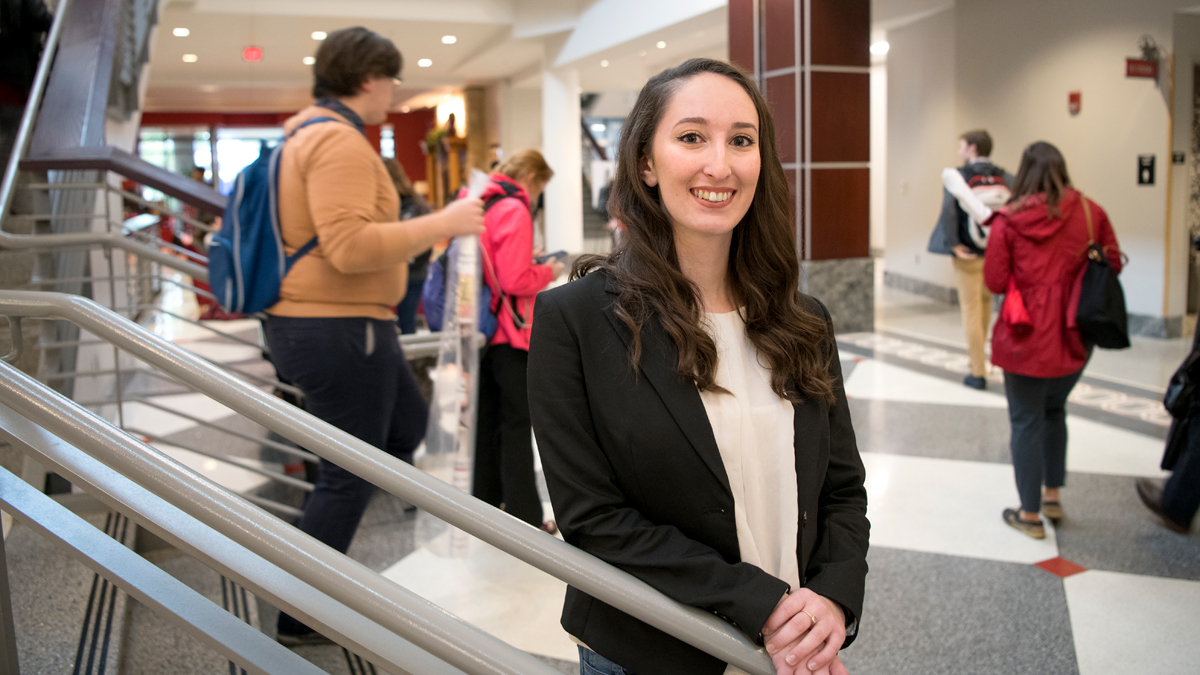When recent Knowlton School grad Alyssa Saltzman started her senior capstone class in fall 2017, she had no idea that the course would spur a yearlong passion project and shape her career aspirations.
During her fourth year at Ohio State as a city and regional planning major, Saltzman took two studio classes that focused on creating practical city planning and design standards to improve the lives of people on the autism spectrum. While participating in these classes, Saltzman did extensive research and played a key role in the creation of Autism Planning and Design Guidelines 1.0, a full-length book that presents her and her classmates’ research to city planners and developers. Saltzman recently shared her thoughts on these experiences.
How can city planning help people on the autism spectrum?
Every element of city planning (parks, streets, sidewalks, streetlights, apartments, houses, public transportation and many more) can be designed to help people with autism thrive. For instance, some adults with autism get overwhelmed when walking along a busy street, so more separation between streets and sidewalks can make the sidewalk a quieter, more peaceful environment. And some adults with autism do not drive, so an improved public transportation system that is accessible and easy to use becomes essential for them.
What were some of the main things you learned through participating in these classes and helping create the autism planning and design standards?
As far as my career, I realized that city planning for populations with special needs is what I really want to do going forward. Also, I learned how important it is in city planning to thoroughly consult with the population you’re planning for before just going in and making changes. For our project, we consulted dozens of experts and adults on the autism spectrum through a three-day event where we brought in all of these people and asked them about their needs and their ideas for solutions. When it comes down to it, no matter what the planning theory you’ve learned in school says, and no matter what is popular or trendy in city planning right now, it comes down to asking, “What are the needs of the people I want to help?” and planning everything in that people-centric way.
How did participating in the studio classes impact your own personal development?
I personally struggle a lot with writing, so when we were doing a lot of scholarly writing for this project, it was very difficult for me at first. But my TA and professors for these classes offered tons of support, and also made sure I went to the Writing Center regularly. I have come out of this experience a much stronger writer. Also, I think the experience of participating in these two classes really got me out of my shell. I’ve always been someone who’s been timid to share their opinion or say something in class because there’s a chance I might be wrong. But I found that in the environment we created together in those classes, I felt a lot more able to speak up and say what I thought. I finally found my voice.
Get to know us
See what makes this university such an amazing place to learn.
Find out more 